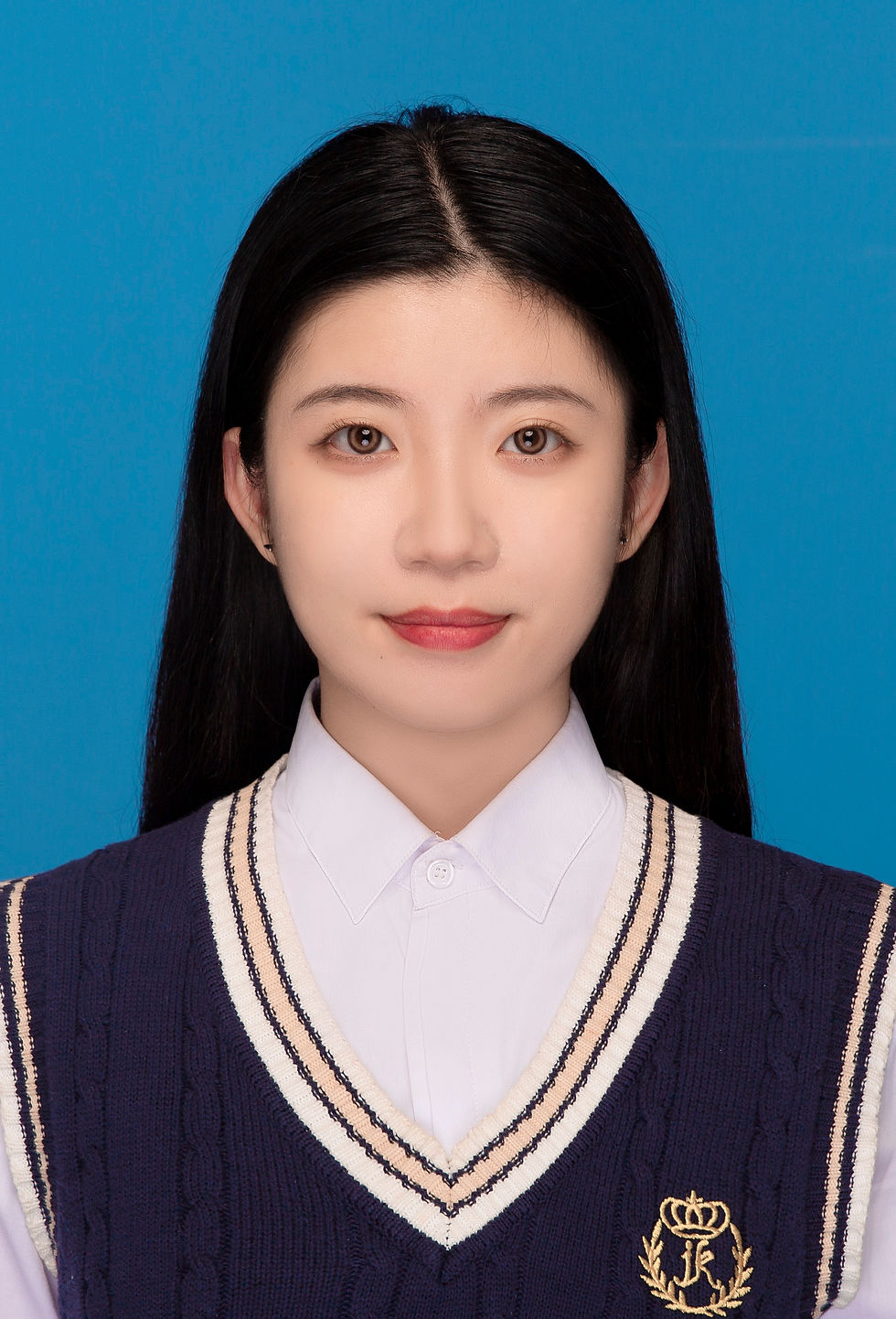Nina Ostan
- Česká sekce INSEA

- Jul 4
- 2 min read
7.20 Encouraging Creativity and Critical Thinking Through Art History in High School Education (Paper)

Nina Ostan – National Education Institute Slovenia, Ljubljana, Slovenia
Abstract:
The Slovenian high school curriculum defines art history as a humanistic discipline that reveals the evolution of ideas and social events through visual art, emphasizing its role in human creativity and civilizational progress. Similarly, the Department of Art History at the University of Ljubljana highlights the discipline’s potential to enhance creativity, critical thinking, and the understanding of contemporary society. This paper examines how art history education can actively foster creativity in high school students by emphasizing processes of critical observation, analysis, and personal interpretation of artworks. A central focus is actualization, the process of translating the meanings of historical artworks into contemporary contexts. This approach transforms distant or seemingly outdated works of art into spaces for personal reflection, fostering moral and creative engagement while achieving advanced learning objectives, such as applying, analysing, evaluating, and creating, as outlined in Bloom’s taxonomy.
Through comparative analysis and creative reinterpretation of artworks that (my) students might at first glance define as “dusty, boring or incomprehensible” – whether through contemporary artistic adaptations, advertising, memes, or popular culture – students can engage deeply with visual culture. These methods spark interest while raising critical questions: Does modernization trivialize or diminish the value of artworks? Or does it revive their relevance, highlight their timeless character and invite a broader appreciation? In an age dominated by visual consumerism, art history offers tools for navigating the overwhelming flow of visual messages critically and creatively. By fostering informed observation and encouraging students to develop personal perspectives, the subject equips young people to resist manipulation, express their ideas, and actively participate in visual culture. This paper provides practical insights and strategies for integrating creativity into high school art history education, demonstrating how this approach not only enhances learning but also empowers students to connect with both historical and contemporary artistic expressions.



Comments